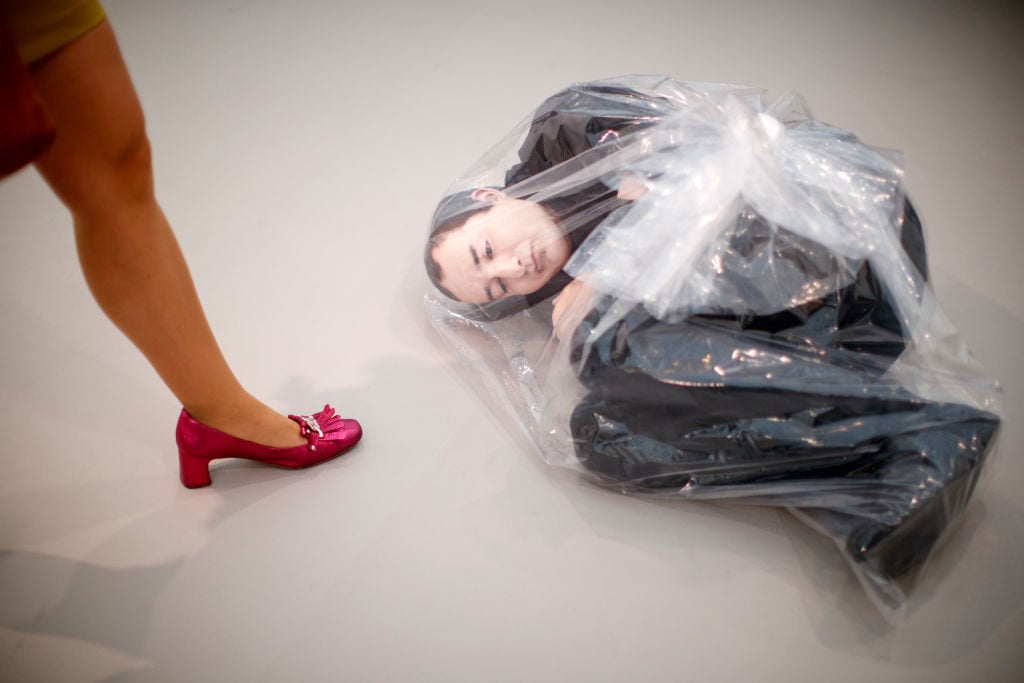Art World
Nearly Two-Thirds of Artists in the United States Have Lost Their Livelihoods as a Result of the Coronavirus, a New Survey Says
On average, artists have lost $24,000 in wages.

On average, artists have lost $24,000 in wages.

Taylor Dafoe

Ninety-five percent of artists in the US have lost income due to the coronavirus pandemic, a new study suggests—and nearly two-thirds have become unemployed altogether.
The study, which taps into responses from more than 15,000 artists and creative workers, paints a bleak portrait of creative life in the US in the weeks following the arrival of the epidemic. The survey was organized by Americans for the Arts in conjunction with Artist Relief, a coalition of seven grant-making nonprofits formed in response to the crisis.
On average, respondents to the survey have lost $24,000 in wages because of the pandemic, while four-fifths of those surveyed have no plan for how to recover financially.
“This whole process has illuminated that we need to think about artists as a labor force, not just an economic engine,” says Deana Haggag, the president and CEO of United States Artists, one of the founding organizations of Artist Relief. (The other organizations are the Academy of American Poets, Artadia, Creative Capital, the Foundation for Contemporary Arts, the MAP Fund, and the National YoungArts Foundation.)
“It’s not just about the money they’re contributing. It’s how many of them there are and how their industries are [organized],” Haggag says.
Since Artists Relief was founded, it has raised $12 million, including $5 million in gifts from over 20 foundations, another $5 million from the Andrew W. Mellon Foundation, and other funds given by individual donors. Artists Relief will draw from the pool to give $5,000 grants to 100 artists a week through September.
The first batch was handed out last week, while the second 100 are being awarded today. Over 50,000 artists have applied for the grants since they were announced just two weeks ago.
The survey from which the new study is drawn was made available to artists through the grant application process.
“As we considered what a short- and long-term recovery might look like, we realized we needed some tight data to understand the severity of this crisis,” Haggag says.
And there are already some clear conclusions that can be drawn.
“The precarity of being a gig worker in the United States in 2020 has been made perfectly clear. Artists fall into that camp in the same way that domestic and transportation workers do,” Haggag says, noting that many creative workers earn their incomes across multiple sectors of the gig economy. “They are both nannies and painters, poets and restaurant workers.”
“If we can harness this cross-sector, then we stand a shot at a longer-term recovery that is not about artists, but about labor rights.”